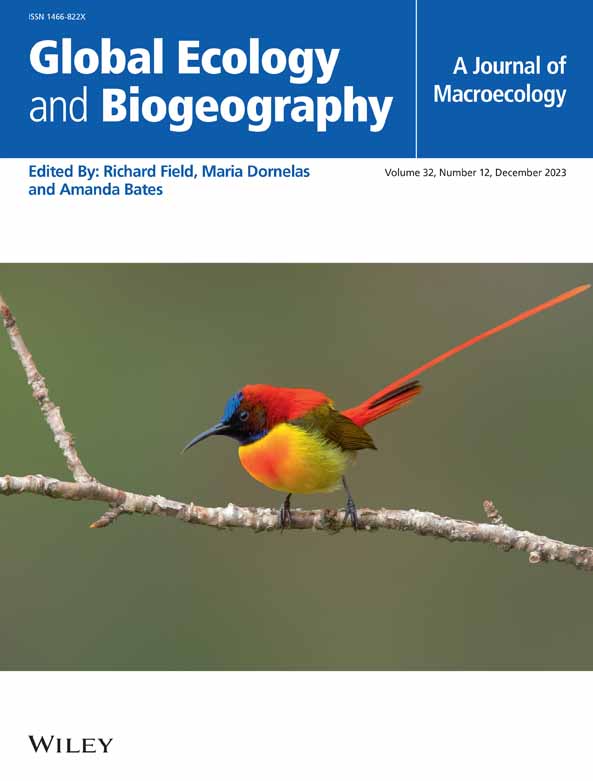Why Some Habitat Types Are Locally Much More Species-Rich Than Others: Ongoing Assembly of Species Produced by Long and Rapid Macroevolutionary Diversification
Abstract
Aim
Species richness of local communities is often considered to be disconnected from the macroevolutionary diversification of lineages operating at much larger spatiotemporal scales. However, local communities occupy patches of habitat types, many of which persist across large spatiotemporal scales. We hypothesise that high local species richness of specific habitat types could result from ongoing local assembly in which both very closely related and very distantly related species can locally co-occur. Alternatively, such local richness of specific habitat types could result from historical assembly in which historical colonisation by many lineages and diversification within habitat-type increased richness of the habitat species-pool and thereby the local communities sampled from it.
Location
The Netherlands.
Time Period
1932–2012.
Major Taxa Studied
Angiosperms.
Methods
We analysed 6851 small-scale local plots (median 54 m2) belonging to all major habitat types in the Netherlands. We quantified mean pairwise phylogenetic distances across all species and between phylogenetically nearest species, standardised for 0-expectations for a given species richness. We quantified these measures for local communities, averaged within habitat types and for the species-pools of the habitat types.
Results
Local richness varied 21-fold among habitat types. Local richness increased with mean pairwise distances and decreased with mean nearest-taxon distances of local communities (but not of habitat species-pools). These patterns were independent of the size of the regional habitat species-pool, the presence of exotic species and the environmental conditions.
Main Conclusions
Local species richness varies massively among habitat types within a region. We suggest that some habitat types are locally species rich because today they permit the most distantly related and the most closely related species to coexist, likely through stabilising and equalising mechanisms, respectively. These mechanisms should be tested in the future.


 求助内容:
求助内容: 应助结果提醒方式:
应助结果提醒方式:


